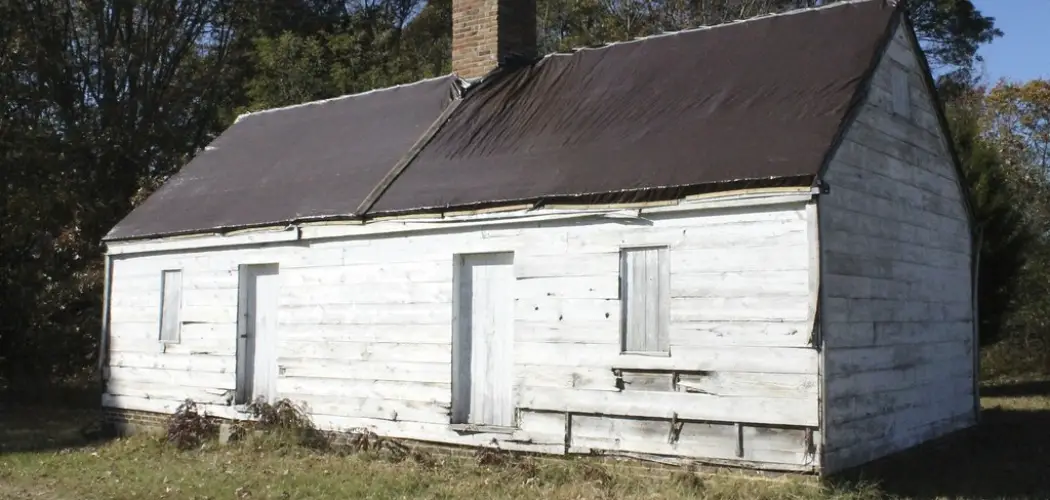Do you want to protect your wooden siding from the elements and keep it looking great? Today, wood is a popular choice for outdoor siding due to its natural beauty. However, if not properly maintained, it can quickly become damaged by the sun’s harsh UV rays, wind-driven rain, and snowfall. Fortunately, there are several steps you can take to safeguard your wood siding against the extreme weather conditions Mother Nature will throw at it.
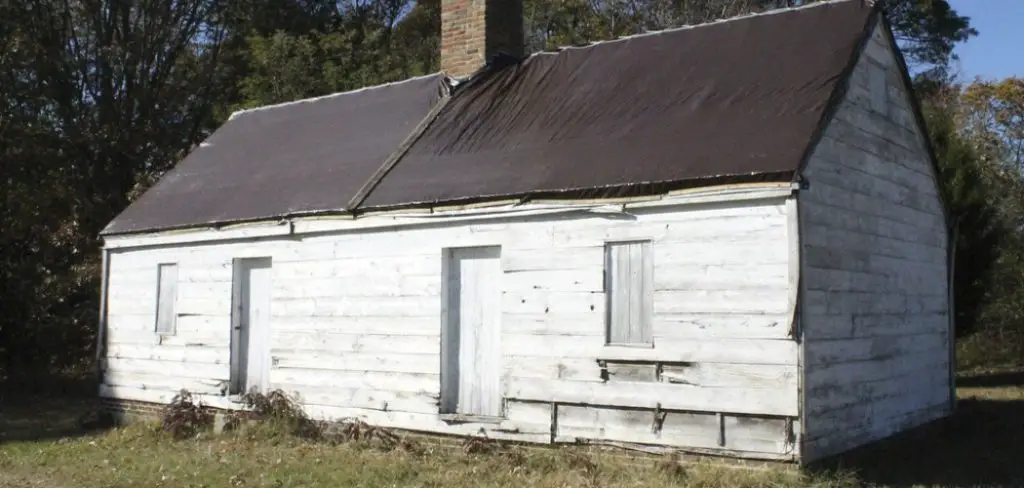
In this blog post, we’ll provide an overview of these strategies of how to protect wood siding so that when it comes time to repaint or refinish your exterior wood siding you don’t have any unpleasant surprises!
9 Best Ways on How to Protect Wood Siding
1. Choose the Right Wood:
When selecting wood for your siding, it’s essential to choose a type that is naturally durable and resistant to rot and decay. Examples of these types of wood include cedar, redwood, cypress, and pine. Avoid using softer woods such as spruce or fir, which are more susceptible to damage. This initial step in wood selection can make a significant difference in the longevity of your siding.
2. Apply a Protective Finish:
The most common way to protect wood siding is to apply a protective finish, such as paint or stain. This will add an extra layer of protection against UV rays and moisture, preventing rotting and warping. When choosing a finish, be sure to select one that is specifically made for exterior wood and offers UV protection.
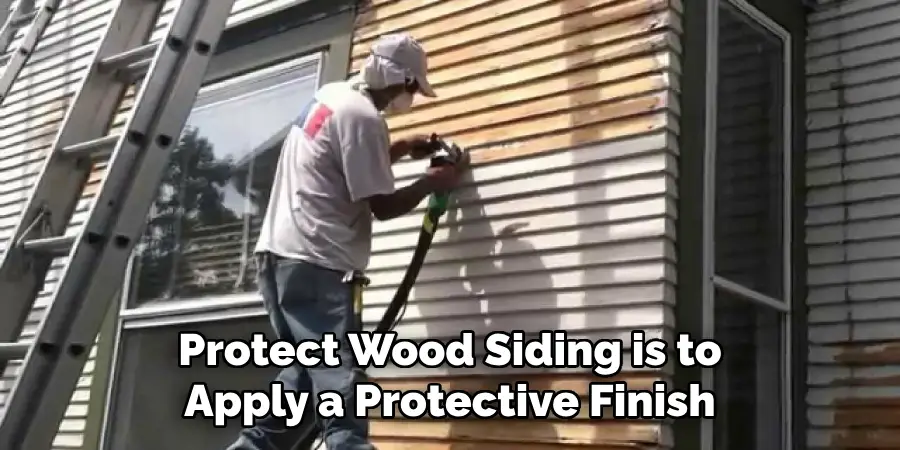
3. Regularly Clean Your Siding:
Keeping your siding clean can help prevent the buildup of dirt, grime, and mold, which can cause damage over time. Use a mild detergent and water mixture to gently scrub away any debris from the surface of your siding. Avoid using harsh chemicals or power washers, as they can strip away the protective finish and damage the wood.
4. Inspect for Damage:
Regularly inspect your siding for any signs of damage, such as cracks, splits, or rotting wood. Catching these issues early on can prevent them from becoming more significant problems down the line. If you notice any areas that need repair, be sure to address them promptly. This will help maintain the structural integrity of your siding and prevent further damage.
5. Control Moisture:
Moisture is one of the biggest enemies of wood siding. To keep moisture at bay, make sure that your gutters are clear and functioning correctly, preventing water from pooling up against your siding. Also, ensure that the ground around your home slopes away from the foundation, directing water away from your siding.
6. Add Protection Against Pests:
Wood-boring insects, such as termites and carpenter bees, can quickly destroy wood siding if left unchecked. To protect against these pests, regularly inspect your siding for any signs of infestation and address them promptly with the appropriate measures. Adding a protective barrier or coating to the wood can also help prevent insects from burrowing into your siding.
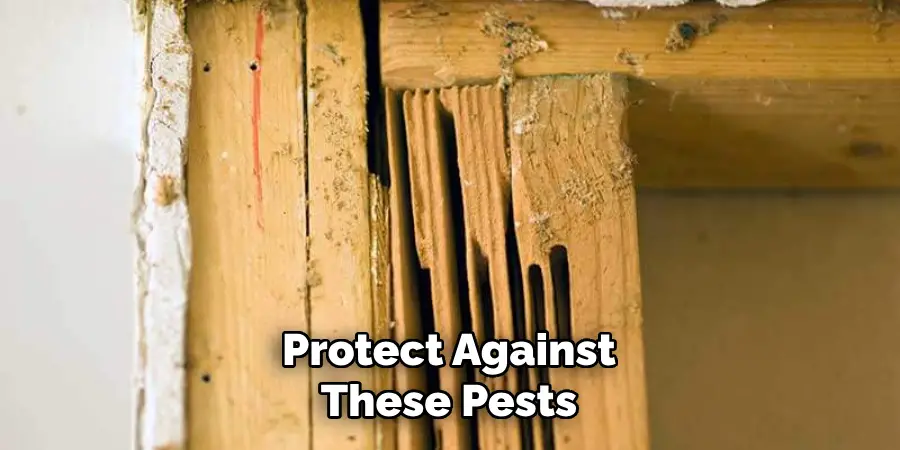
7. Provide Adequate Ventilation:
Proper ventilation is crucial for preventing moisture buildup and mold growth on your siding. Make sure that your attic and crawlspace have adequate ventilation, which will allow air to circulate, keeping moisture levels in check. Adequate ventilation will also help prevent your siding from warping and rotting.
8. Prepare for Winter:
Winter weather can be especially harsh on wood siding. Before the cold weather hits, make sure to inspect your siding for any damage and address it accordingly. Also, consider adding a protective wax or sealant to your finish before winter arrives to provide added protection against freezing temperatures and snowfall.
9. Perform Regular Maintenance:
The key to keeping your wood siding protected is regular maintenance. This includes cleaning, inspecting for damage, and addressing any issues promptly. It’s also essential to follow the manufacturer’s guidelines for maintaining your specific type of wood siding, as different types may require different care methods.
By following these tips on how to protect wood siding, you can keep your exterior looking beautiful and extend the life of your siding. With the right care and maintenance, your wood siding can withstand the elements and continue to add charm and character to your home for years to come.
Additional Tips and Tricks to Protect Wood Siding
- Always clean and dry the wood siding before applying any protective coating. This will ensure that the coating adheres properly to the surface and provides maximum protection against moisture.
- Regularly inspect and repair any damaged areas of wood siding to prevent water from seeping in. Water can cause swelling, warping, and rotting of the wood, which can compromise its structural integrity.
- Consider using a wood stain instead of paint as it allows the natural grain of the wood to show through while still providing protection against UV rays and water damage.
- Apply a protective sealant or topcoat on top of the stain to further enhance its durability and protect against fading.
- Avoid using harsh chemicals or pressure washing when cleaning wood siding, as they can strip away the protective coating and damage the wood.
- Trim back any trees or shrubs that may be touching or overhanging the wood siding, as they can transfer moisture and promote the growth of mold and mildew.
- Regularly inspect gutters and downspouts to ensure they are functioning properly and directing water away from the wood siding.
- Avoid placing outdoor furniture or equipment directly against the wood siding, as this can cause moisture to become trapped and damage the wood.
- Consider installing a vapor barrier behind the wood siding to prevent moisture from seeping in from the outside.
- Use caution when using fire pits or grills near wood siding, as embers or sparks can cause damage or even start a fire if too close to the siding.
By following these additional tips and tricks, you can ensure the longevity and protection of your wood siding. Remember to regularly maintain and inspect your wood siding to catch any potential issues early on and prevent costly repairs in the future.
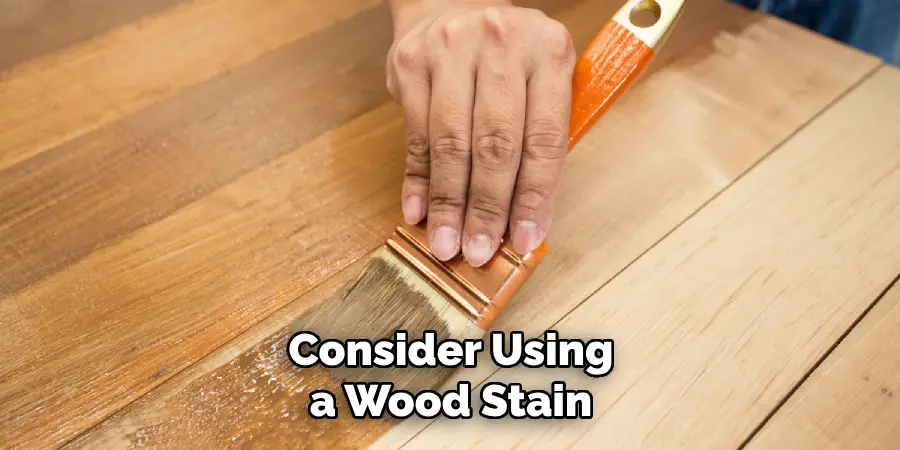
With proper care, your wood siding will not only look beautiful but also provide long-lasting protection for your home. So be sure to implement these tips and enjoy the natural beauty and durability of wood siding. Happy protecting!
Things You Should Consider to Protect Wood Siding
1. The first thing to consider when protecting your wood siding is the climate in which you live. Different areas experience different weather conditions that can cause damage to your wood siding, such as extreme heat, cold, or heavy rain. Understanding the climate will help you choose the right protective measures for your wood siding.
2. One of the most common ways to protect wood siding is by applying a protective coat or sealant. This not only helps prevent water damage, but also protects against UV rays and other weather elements that can cause color fading, warping, and cracking. It is recommended to reapply the coating every few years to maintain its effectiveness.
3. Regularly inspect your wood siding for any signs of damage or wear and tear. This can include cracks, peeling paint, discoloration, or even mold growth. Catching these issues early on can prevent further damage and allow you to address them before they become more costly and difficult to fix.
4. Along with protecting the exterior of your wood siding, it is also important to protect the interior. This can be done by ensuring proper ventilation and moisture control within your home to prevent mold growth or rotting of the wood.
5. Another factor to consider is the type of wood used for your siding. Some types, such as cedar or redwood, are naturally more resistant to weather damage and decay compared to others. If possible, choose a durable and sturdy type of wood for your siding to minimize the need for frequent protective measures.
6. Avoid using harsh chemical cleaners on your wood siding as they can strip away the protective coating and cause damage. Instead, opt for gentle cleaning solutions specifically designed for wood surfaces.
7. Regularly clean your wood siding by gently scrubbing it with a soft brush or sponge and rinsing it off with a garden hose. This will help remove any dirt, grime, or mildew that can eat away at the wood and affect its structural integrity.
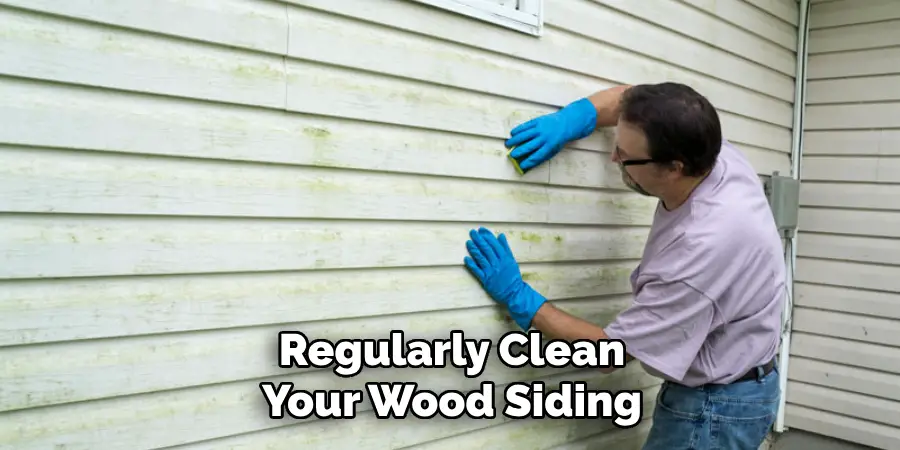
8. Trim any nearby trees or bushes that may be brushing against your wood siding. This not only reduces the risk of physical damage to the siding but also prevents leaves and debris from building up and causing moisture retention.
Following these considerations and implementing proper protective measures will not only prolong the lifespan of your wood siding but also maintain its aesthetic appeal for years to come. So, be proactive in protecting your wood siding and enjoy its beauty and functionality for a long time.
Conclusion
To sum up, by understanding the elements that damage wood siding, like high heat and moisture, you can plan your maintenance accordingly. It is well worth the time to research methods for ensuring your wood siding lasts as long as possible with minimal repairs needed.
And when in doubt, call a professional who will be able to assess any issues or needs and offer professional advice on how to keep your wood siding in top shape year after year. Ultimately, having an informed understanding of how to protect wood siding will help keep your home looking good for many years to come! So don’t wait: put your newfound knowledge into action and make sure that your wood siding stays healthy season after season!

